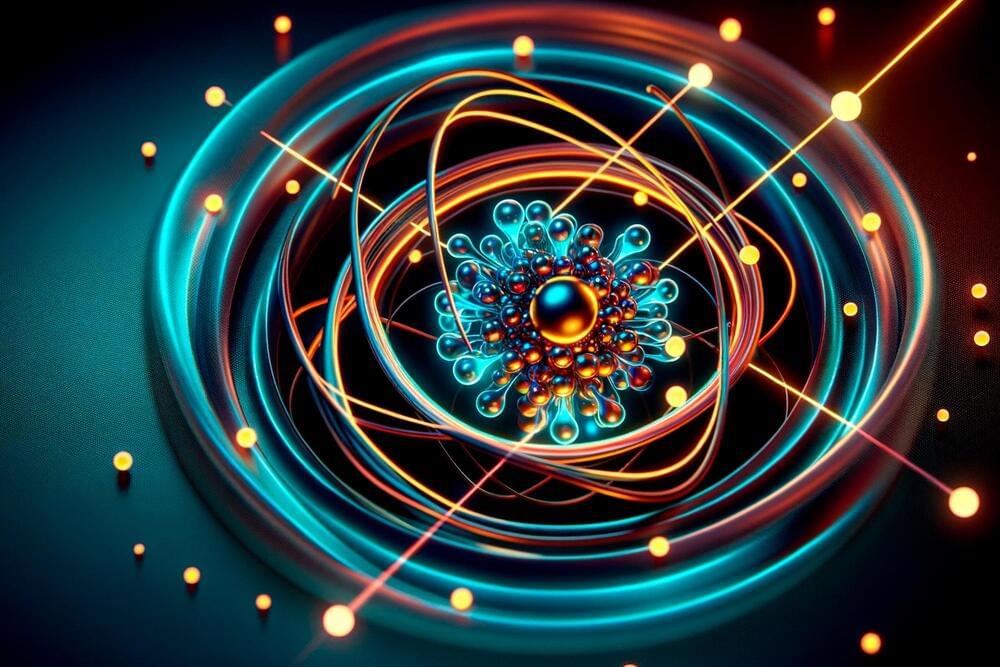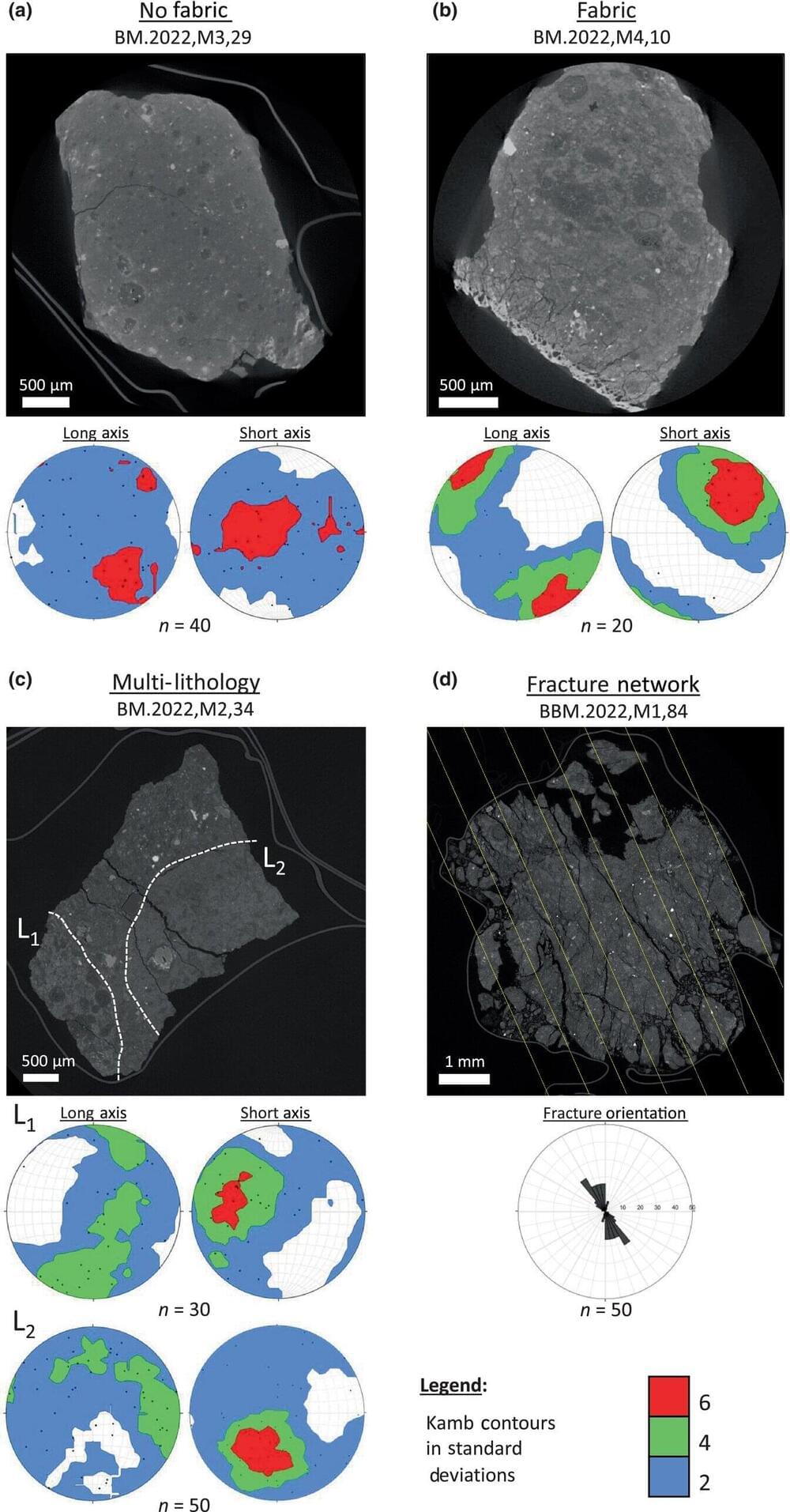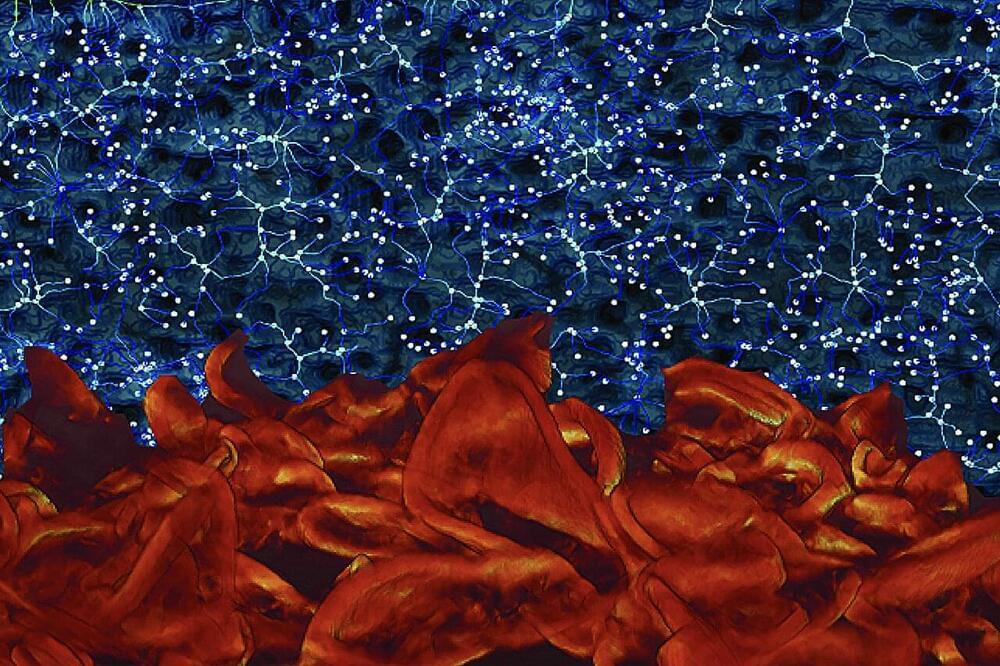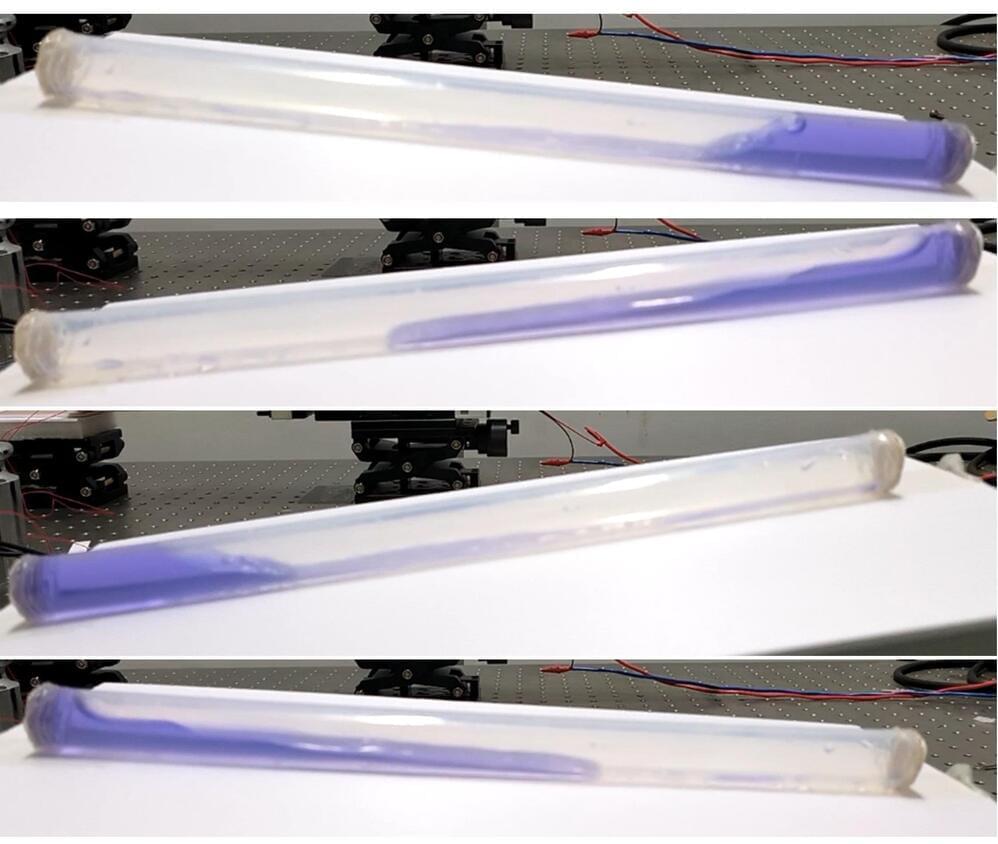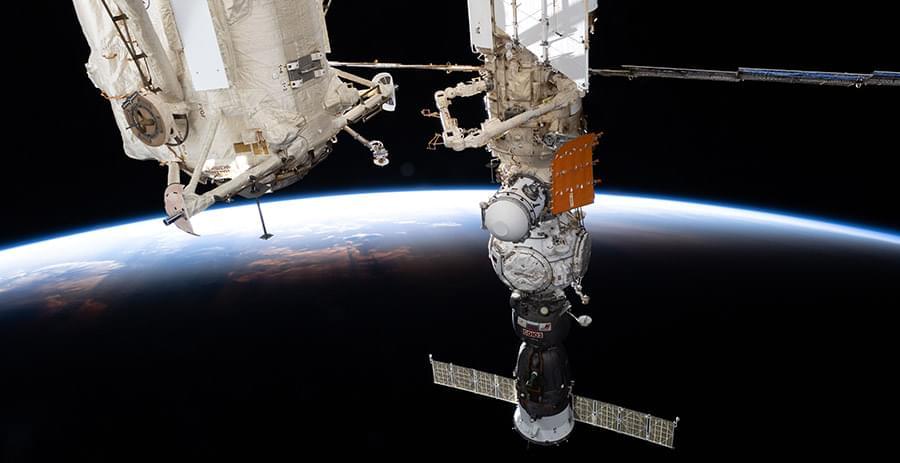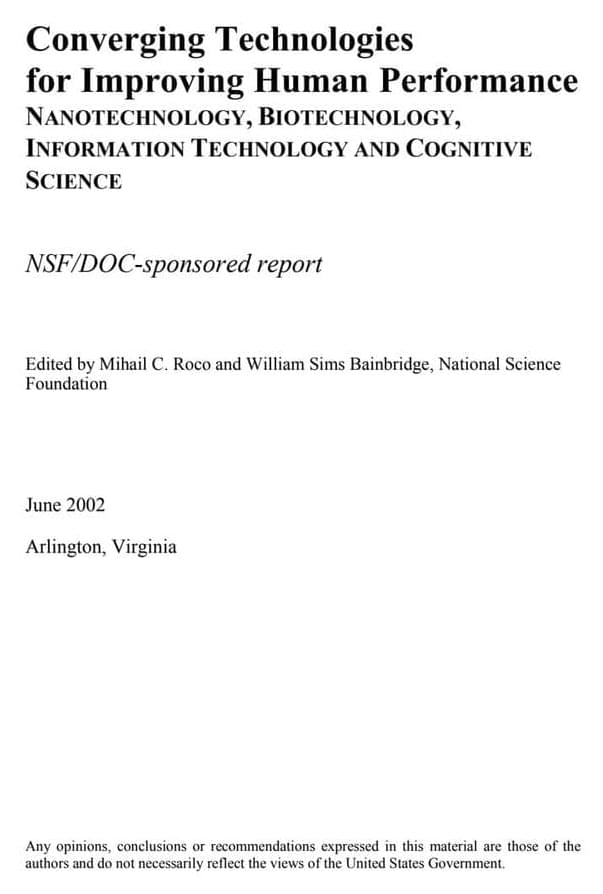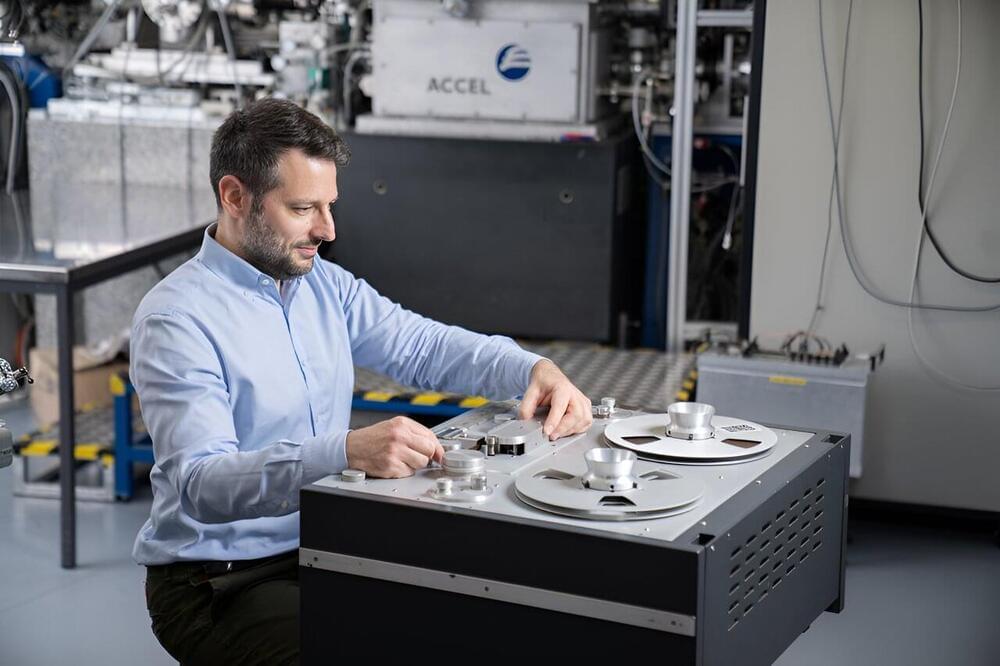Apr 17, 2024
“Neutronic Molecules” — Neutrons Meet Quantum Dots in Groundbreaking MIT Discovery
Posted by Saúl Morales Rodriguéz in categories: nanotechnology, particle physics, quantum physics
Study shows neutrons can bind to nanoscale atomic clusters known as quantum dots. The finding may provide insights into material properties and quantum effects.
Neutrons are subatomic particles that have no electric charge, unlike protons and electrons. That means that while the electromagnetic force is responsible for most of the interactions between radiation and materials, neutrons are essentially immune to that force.
Neutron interaction through the strong force.
